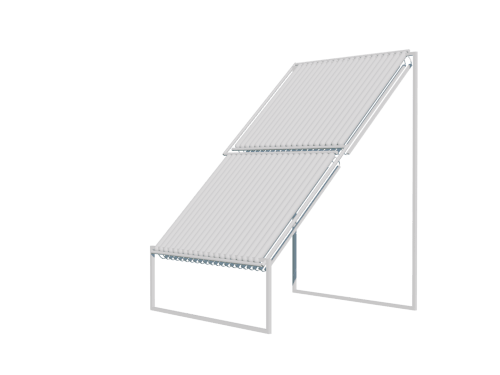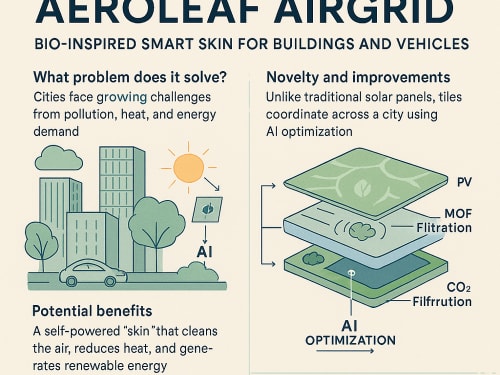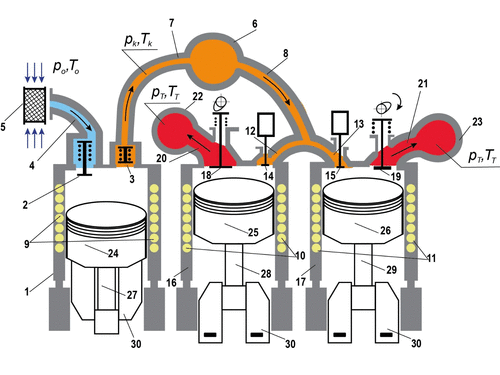Energy, Power & Propulsion
According to the Scientific Service of the German Bundestag, the energy transition will cost around €13.3 trillion by 2045, more than three times the gross domestic product. The assumption made there that renewable electrical energy is available almost all the time is misleading. It ignores the importance of the thermodynamic potential of fuels for grid stability.
The design life of a wind turbine is twenty years. Considering the significant growth in the number of wind turbine installations since the 1990s, it can be concluded that many of these installations have already reached their applicable life limit or are on the verge of exceeding it.
The Sterpin Motor Company (SMC) has developed the “Sterpin Genesis Engine”: the most efficient multi-fuel internal combustion engine ever created, that has been specifically built to run on Hydrogen. “The Sterpin Genesis Engine” - the most advanced, flexible-fuel combustion engine ever developed, has been designed to enable the world’s transition away from carbon-intensive fossil fuels,
A house plan is a set of detailed drawings and specifications that guide the construction of a house, covering dimensions, materials, and layout. Home design, on the other hand, encompasses a broader range of elements, including not only the structural aspects but also interior details, aesthetic preferences, and lifestyle considerations.
INTRODUCTION
The Sensor-Controlled Gravity/Buoyancy Power Pit Generator is an innovative renewable energy system designed to operate efficiently in any geographic location, overcoming the limitations of conventional renewable sources such as solar, wind, and hydroelectric power, which are highly dependent on specific weather conditions. Unlike these traditional systems,
This invention consists of a multifunctional integrated solar system that combines four sustainable functions into a single, compact unit: (1) photovoltaic electricity generation, (2) improved SODIS (Solar Water Disinfection) for clean water production, (3) daylight transmission using solar fiber optics, and now (4) thermoelectric generation by harnessing waste heat through a liquid cooling system.
Technical Abstract:
Problem Statement:
Modern urban infrastructure is fragmented in addressing energy production, air quality, and thermal regulation. Current systems operate independently, creating inefficiencies:
Solar panels generate energy but lack air purification or heat reduction.
Green roofs require high maintenance, irrigation, and structural support for limited cooling.
The proposed development will allow to increase the efficiency of using energy of compressed air in piston motors for generating energy to move a vehicle or a stationary engine (with daily fluctuations in electricity consumption). The considered technical solution will contribute to improving the environmental and techno-economic indicators of piston motors when using compressed air in them.
Controlled nuclear fusion for producing energy for civilian applications has been long awaited since the 1950s.
For technical reasons, current approaches are based only on Deuterium-Tritium reaction which produces 17.6 MeV.
An Archimedes principle of buoyancy driven electrical energy generation system. The System comprises a wheel assembly which rotates within a water tank. The wheel assemblies outer structure has side by side internal concave partitions. Within these partitions, six sets of air bladders are housed.
Page 2 of 8









